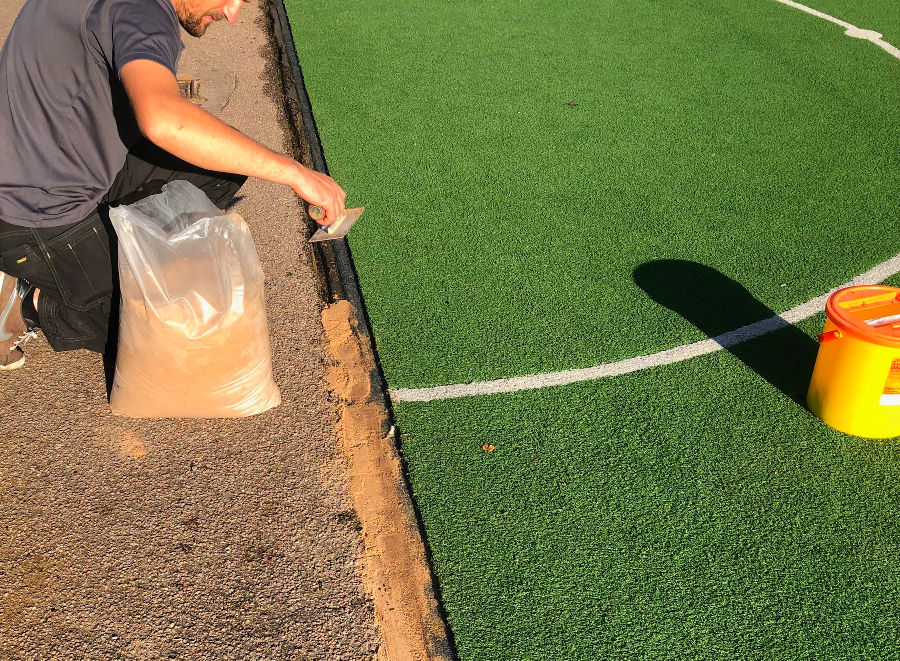How Movement Breaks Help Children Focus in School
- amy7371
- May 9
- 2 min read

If you've ever observed a child fidgeting in their seat during a lesson, you’re not alone. Children are naturally energetic and curious—and often, that energy can make it difficult for them to stay focused for long periods. However, instead of viewing this restlessness as a distraction, we can use it to their advantage.
Movement breaks—brief periods of physical activity throughout the day—are increasingly recognised as a valuable tool in helping children refocus and engage more effectively in their learning.
What Are Movement Breaks?
Movement breaks are short, intentional activities that allow children to get up, move their bodies, and reset their attention. They can last anywhere from 2 to 5 minutes and might involve stretching, dancing, jumping, or playful movement-based games.
These breaks are not meant to interrupt learning—they enhance it. By offering the brain a chance to recharge, movement breaks can improve concentration, reduce restlessness, and support emotional regulation.
How Movement Supports Learning
Research has shown that physical activity has a direct impact on cognitive function. When children engage in movement, several important things happen:
Increased blood flow improves the delivery of oxygen and nutrients to the brain.
Neurotransmitters such as dopamine and serotonin are released, boosting mood and motivation.
Stress hormones decrease, making it easier for children to stay calm and focused.
Attention is reactivated, allowing for a smoother transition between learning tasks.
In essence, movement isn't just a break from learning—it's a way to prepare the brain for learning.
Incorporating Movement in the Classroom
For teachers, incorporating movement into the school day doesn’t require significant time or resources. Even brief activities can make a noticeable difference. Here are some practical options:
Simple desk-based stretches (arm circles, shoulder rolls, deep breaths)
Short dance routines or guided movement videos
Movement games such as “Simon Says” or “Move Like an Animal”
Active transitions, such as hopping between activities or marching to the next station
Scheduling these breaks between subjects, after long periods of focus, or when students appear distracted can help bring energy and attention back to the task at hand.
Encouraging Movement at Home
Parents can also support focus and learning at home by incorporating movement into homework routines. For example, after 20–30 minutes of study, encourage your child to:
Do jumping jacks or stretches
Run on the spot or skip down the hallway
Dance to a favourite song
Take a brief walk around the garden or up and down the stairs
These short breaks not only give their brain a chance to reset, but also make learning more enjoyable.
Embracing Movement as Part of Learning
Rather than asking children to suppress their natural urge to move, we can create learning spaces that welcome it. By embedding movement breaks into the school day or homework routine, we give children the tools they need to manage their energy, re-centre their attention, and approach learning with renewed enthusiasm.
In short: a little movement can go a long way.


.png)



Comments